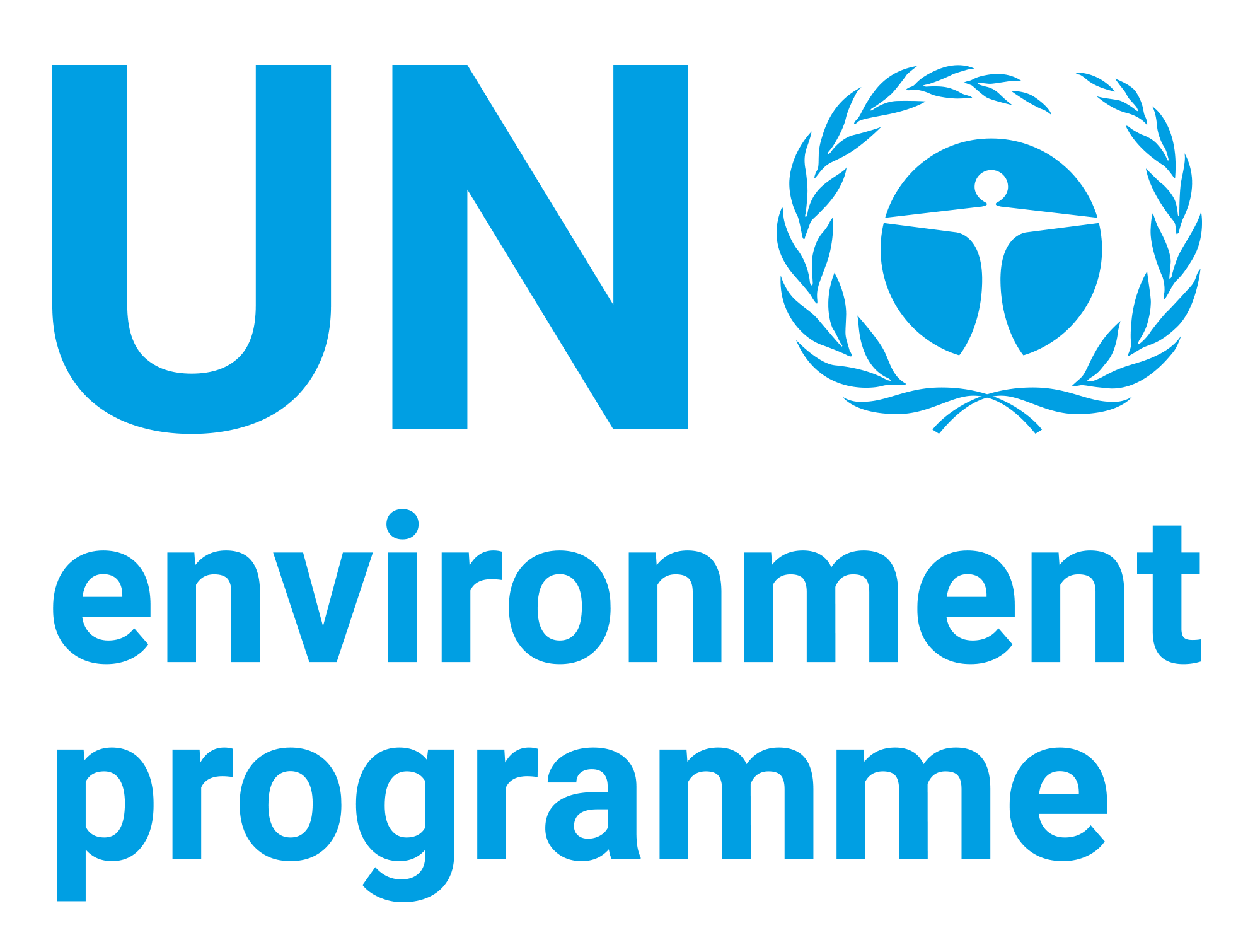Integrating Ecosystem-based Adaptation in Education Curriculum: A Resource Guide

Date
2019Author
United Nations Environment Programme – International Ecosystem Management Partnership
Citation Tool
Bibliographic Managers
RT Generic T1 Integrating Ecosystem-based Adaptation in Education Curriculum: A Resource Guide A1 United Nations Environment Programme – International Ecosystem Management Partnership YR 2019 LK https://wedocs.unep.org/20.500.11822/33184 PB AB TY - GEN T1 - Integrating Ecosystem-based Adaptation in Education Curriculum: A Resource Guide AU - United Nations Environment Programme – International Ecosystem Management Partnership Y1 - 2019 UR - https://wedocs.unep.org/20.500.11822/33184 PB - AB - @misc{20.500.11822_33184 author = {United Nations Environment Programme – International Ecosystem Management Partnership}, title = {Integrating Ecosystem-based Adaptation in Education Curriculum: A Resource Guide}, year = {2019}, abstract = {}, url = {https://wedocs.unep.org/20.500.11822/33184} } @misc{20.500.11822_33184 author = {United Nations Environment Programme – International Ecosystem Management Partnership}, title = {Integrating Ecosystem-based Adaptation in Education Curriculum: A Resource Guide}, year = {2019}, abstract = {}, url = {https://wedocs.unep.org/20.500.11822/33184} } TY - GEN T1 - Integrating Ecosystem-based Adaptation in Education Curriculum: A Resource Guide AU - United Nations Environment Programme – International Ecosystem Management Partnership UR - https://wedocs.unep.org/20.500.11822/33184 PB - AB -View/Open
Item Statistics
Display item statisticsMetadata
Show full item recordDescription
The main objective of this guide is to position EbA as an approach to address the challenges related to climate variability and change globally. The reference guide is designed to support teachers and environmental educators to incorporate the key aspects of EbA into formal2 or non-formal3 education curriculum. It promotes awareness of the key role that ecosystems play for communities to adapt to climate change. This guide is designed to enable educators at the different education levels (primary, secondary, university) from diverse subject areas to introduce EbA across curriculum.
This guide consists of two main sections, as outlined below, which may be consulted individually according to the user’s interests and needs. Section I provides three steps as a general guidance on determining the focus of the curriculum. The steps include: (1) Planning for EbA curriculum development; (2) Preparing the EbA curriculum; and (3) Including field activities for EbA education. Furthermore, it provides guiding notes on different aspects and steps for the design of a curriculum, which reflects the principles of EbA. This section focuses on a range of approaches for the integration of EbA in different subjects in the curriculum, also at educational levels and development of learning outcomes. Section II consists of five education modules on selected topics: (1) Ecosystem services and their role in supporting livelihoods; (2) Ecosystem-based Adaptation; (3) EbA in forests and mountain ecosystems; (4) EbA in marine and coastal ecosystems; and (5) EbA in dryland ecosystems. These modules serve as a guide to facilitate the integration of EbA in education subjects. Each module includes key definitions, defined learning objectives and teaching materials to support education specialists in the preparation of the curriculum. Additionally, Annex 1 provides a comprehensive list of definitions of key terminology and Annex 2 offers a list with relevant teaching materials.
Collections
Document Viewer
To read more, scroll down below.

